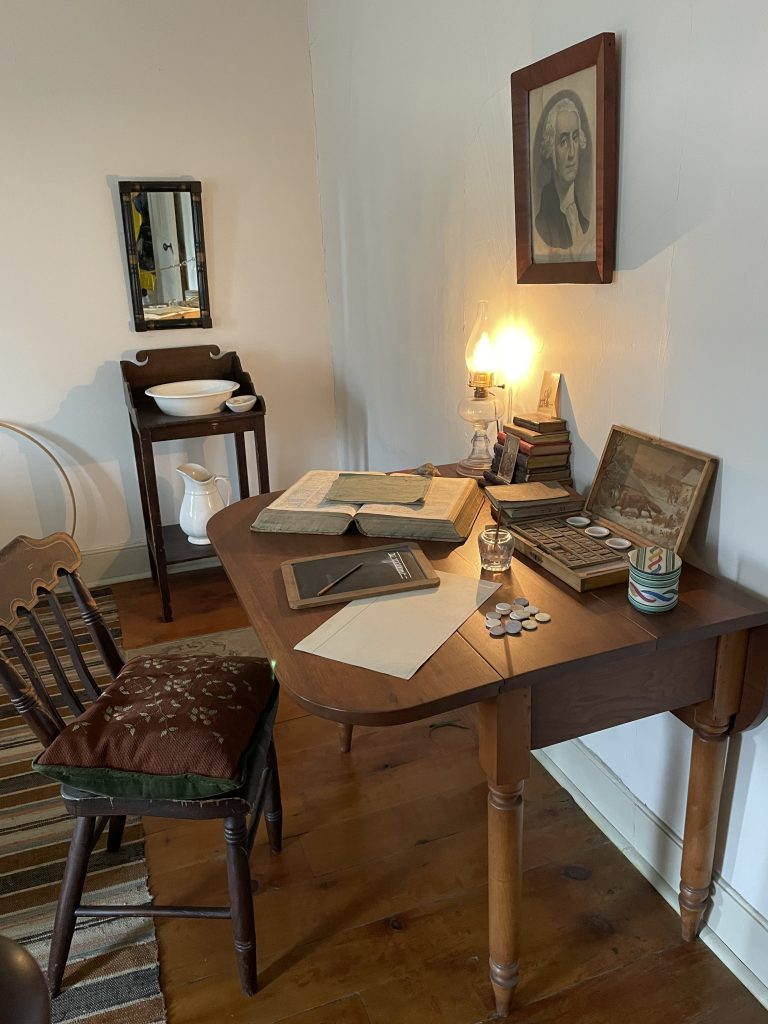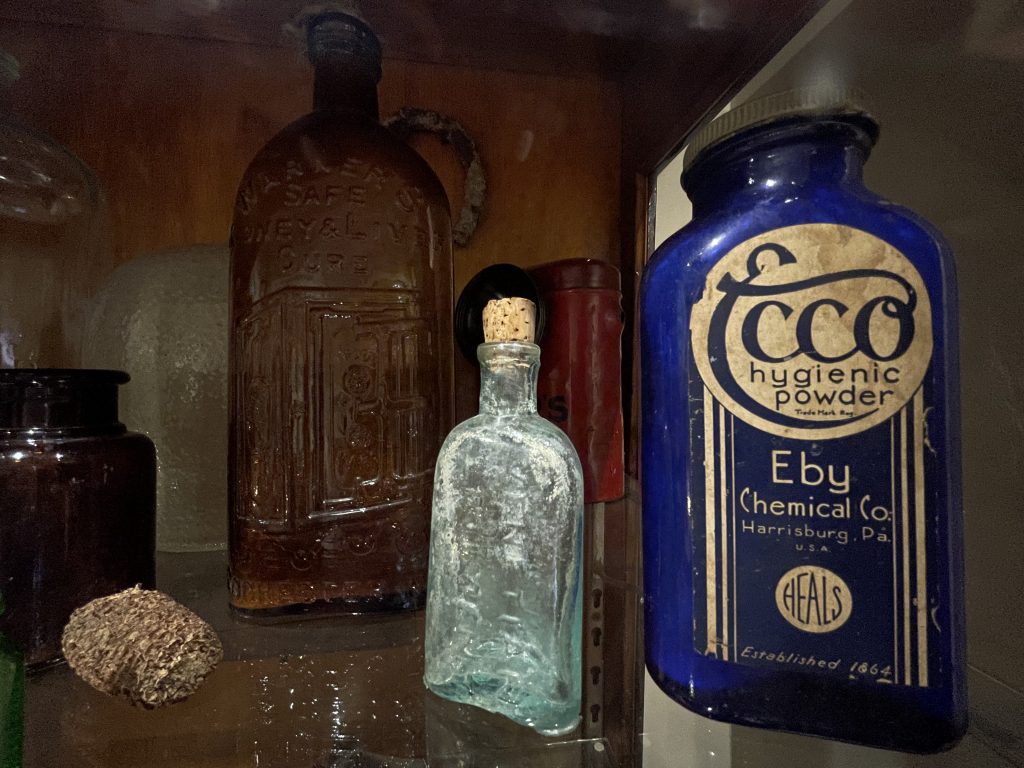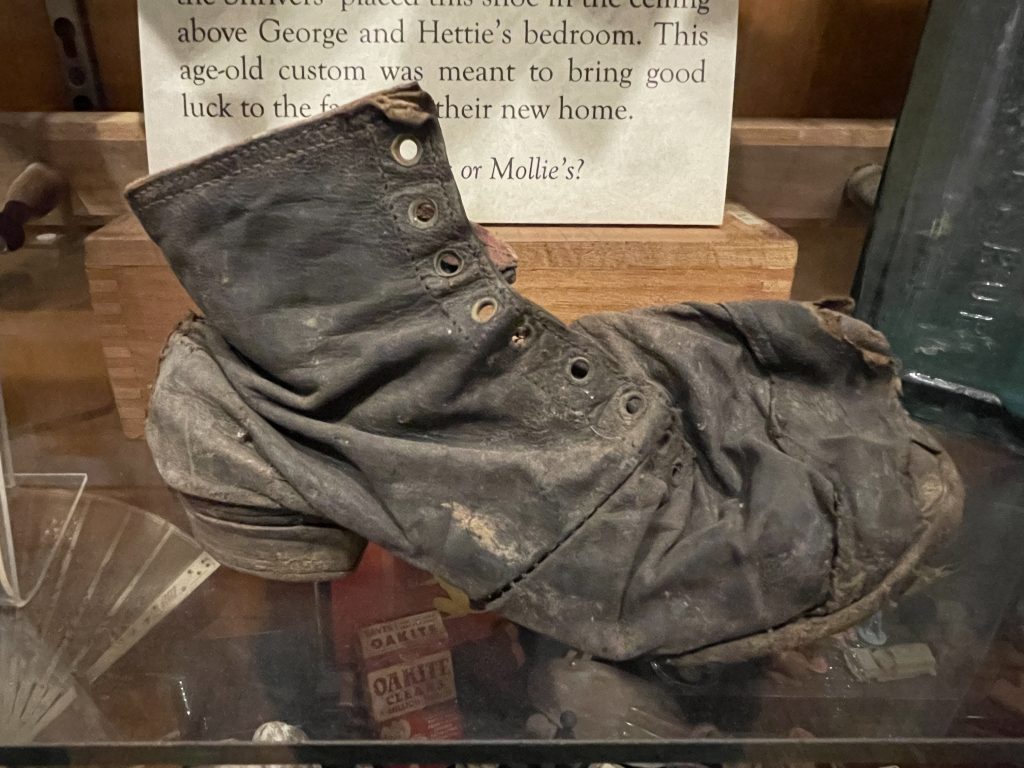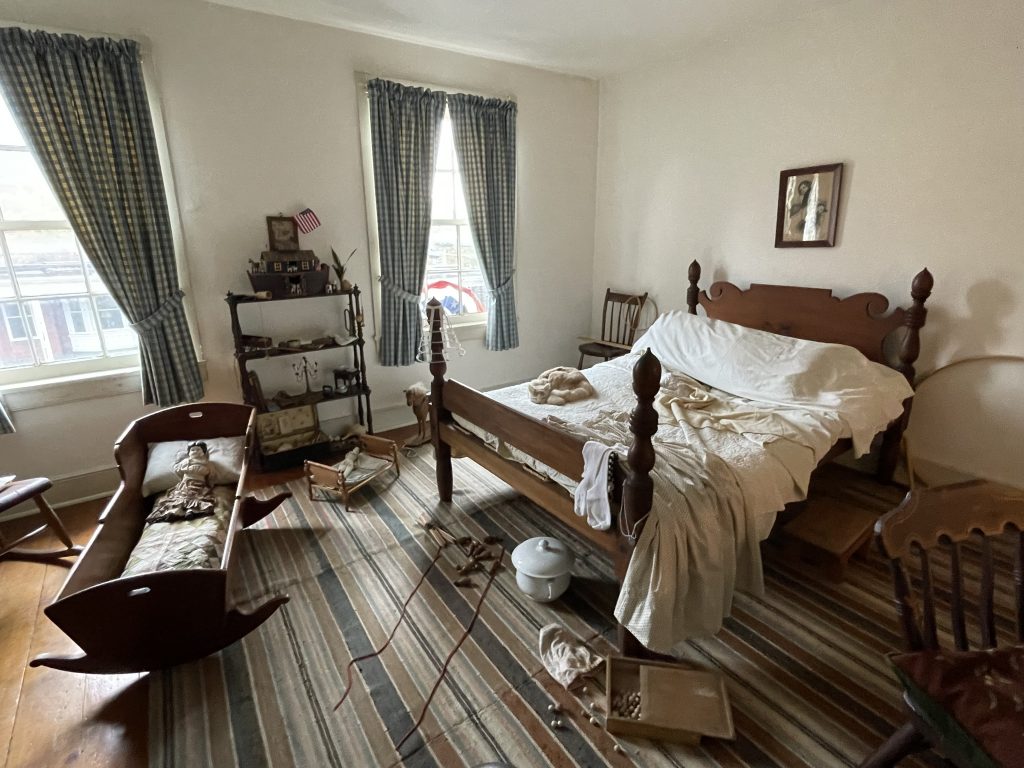The town of Gettysburg, PA had a mere 2,400 residents when 160,000 troops arrived to fight the bloodiest battle of the American Civil War. The Shriver House Museum aims to tell the story from the civilian point of view.
George and Hettie were a young couple with two young daughters, Mollie and Sadie, who decided to give up the farming way of life, and instead open a saloon and ten-pin (bowling) alley in town. They purchased a double lot on Main Street in Gettysburg in 1860 and built their business and a large home to go with it. They were just finishing construction when the Civil War began.
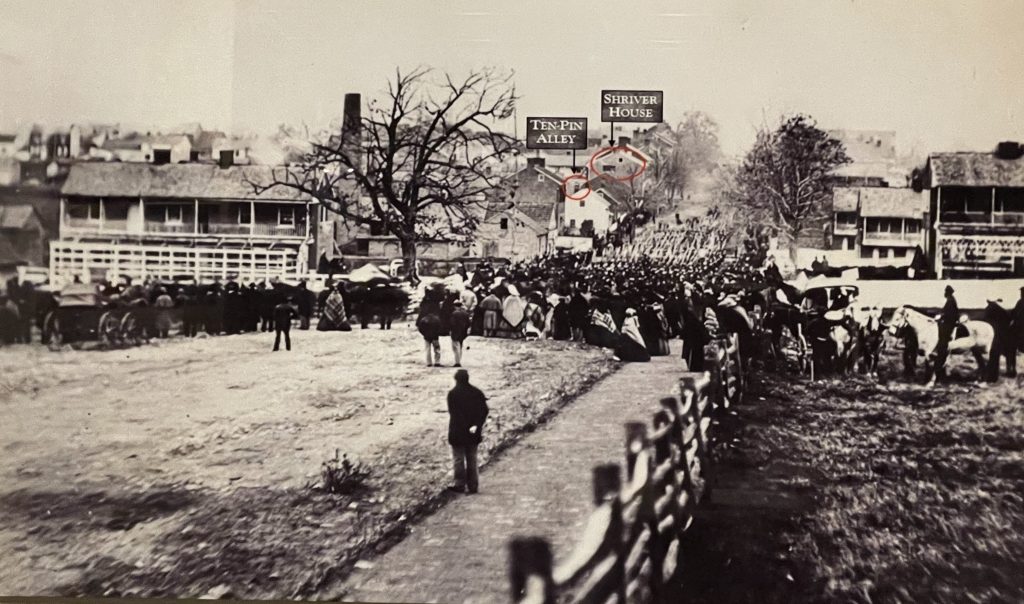
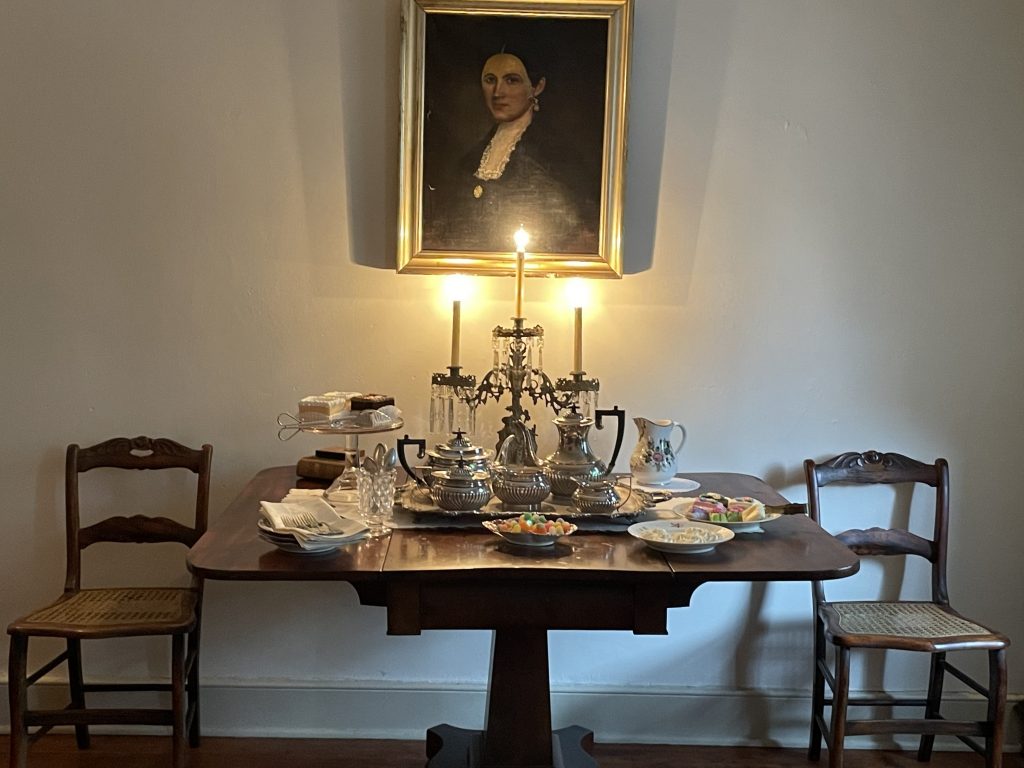
Mr. Shriver responded to Lincoln’s call for volunteers and he went off to war in 1861. Of course Mrs. Shriver, a mere woman, could not run the business herself, so they delayed opening, believing, like most, that the war would not last long.
Two years later, on July 1st, Confederate troops descended upon Gettysburg. Mrs. Shriver decided to move to safety with her girls, then aged 5 and 7, and went to her parents’ farm three miles outside town. Unfortunately, the farm was situated between Big Round Top and Little Round Top, where some of the most severe fighting of the battle took place.
Over the next three days, intense fighting kept the terrified family indoors. When fighting finally ceased, the family was surrounded by some of the 52,000 dead and wounded soldiers, not to mention the 5,000 dead horses. Though Mrs. Shriver stayed a few more days to help care for the wounded, she was most eager to get back to her own home to see had happened there in her absence.
What she found was a nearly destroyed town, with many homes in absolute ruin. The Shriver home fared better – it was still standing, but it had been occupied by confederates, who had set up a sharp-shooter’ area’s nest in the attic. Two soldiers had been killed in her attic, and the inside of the home had been ransacked.
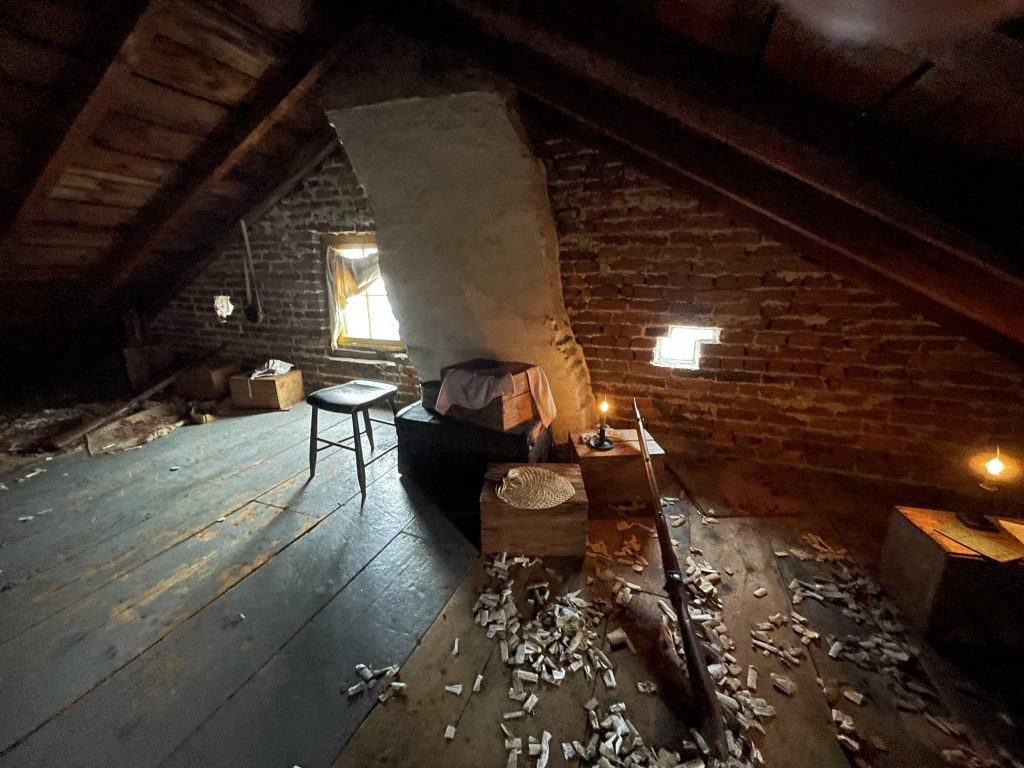

Later that year, Mr. Shriver returned home for a 4 day leave at Christmas, the first time he’d seen his family in two-and-a-half years. Just two days after returning to duty, his unit was taken captive, and he was sent to what is now known as a notoriously awful prison camp – Andersonville, in Georgia. Unfortunately, Mr. Shriver died there a year later.
Mrs. Shriver could not open the business, and had no other source of income. She had no choice but to sell the home and business, which she did in 1866. Over the years there were many owners who made changes to the house, including tearing down the bowling alley. Beginning in 1967, the home sat vacant for nearly 30 years.
The Gudmestads purchased the home in 1996 and had a huge restoration project ahead of them. 30 years sitting vacant had done a lot of damage (especially with broken windows and significant leak in the roof), and their desire to undo the modifications and put the house back to its Civil War appearance only complicated matters.
The extensive damage did yield some pleasant surprises, however. As walls and floors were stripped down to the studs, treasures and artifacts from the 1860s and later were often discovered. They found bullets (some were live!), toys, household items, and medical paraphernalia. One fun find was a shoe belonging to one of the daughters of the Shriver family – it was the practice at the time to place one in the ceiling to bring good luck.
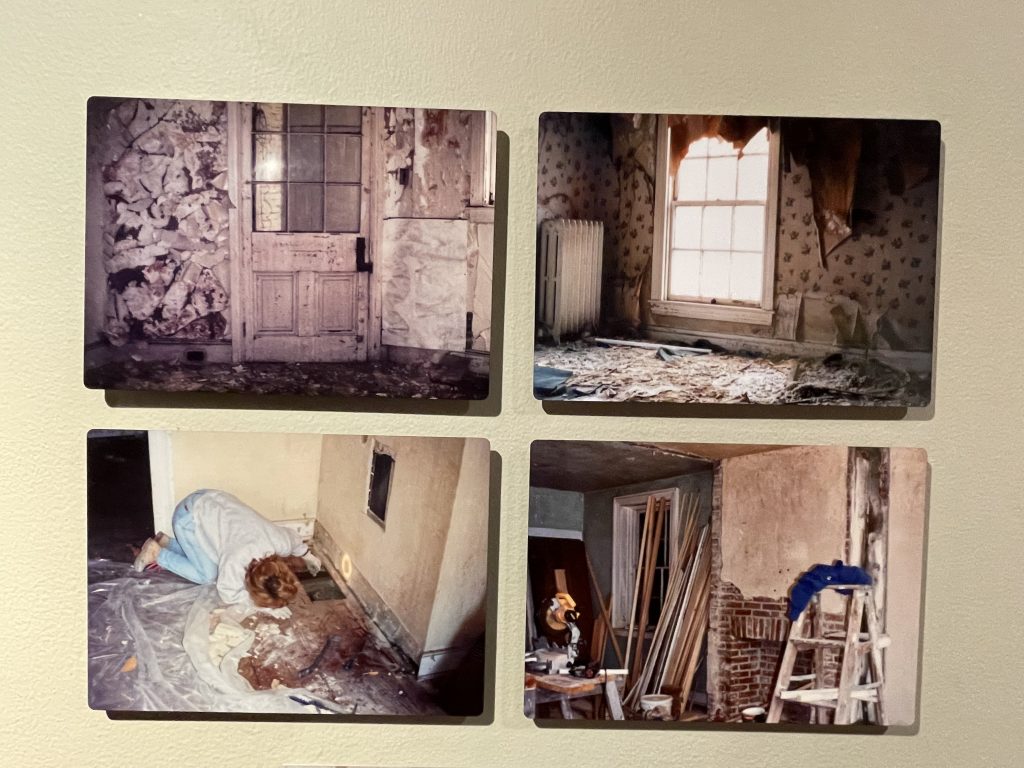
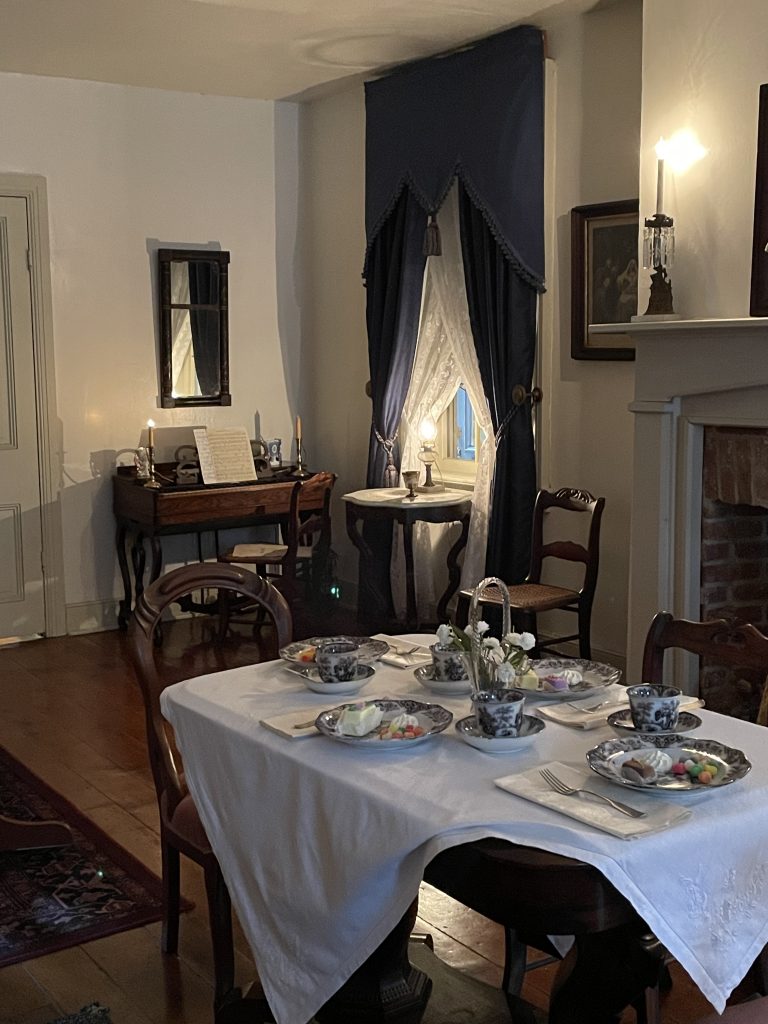
Tillie Pierce was a teenager at the time of the war who lived next to the Shrivers. She accompanied the family when they left for safer territory during the fighting. She later wrote a book on her experiences, and she also kept a diary that helped tell about the Shrivers, life at the time, and what happened with the Civil War came to town.
Though nothing in the house is original to the Shrivers, they’ve done their best to recreate what it could have looked like with period pieces.
